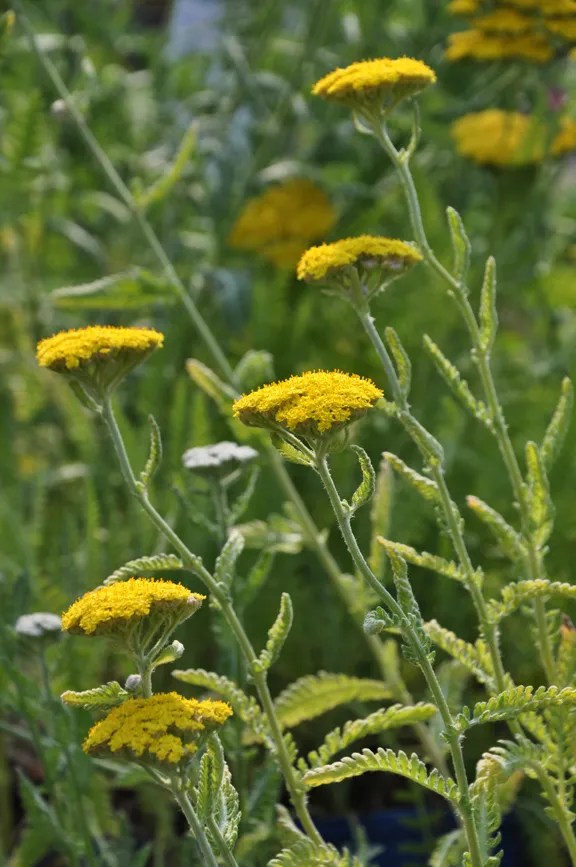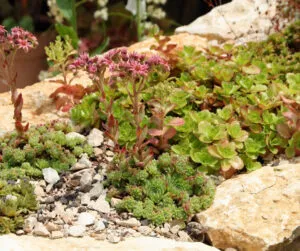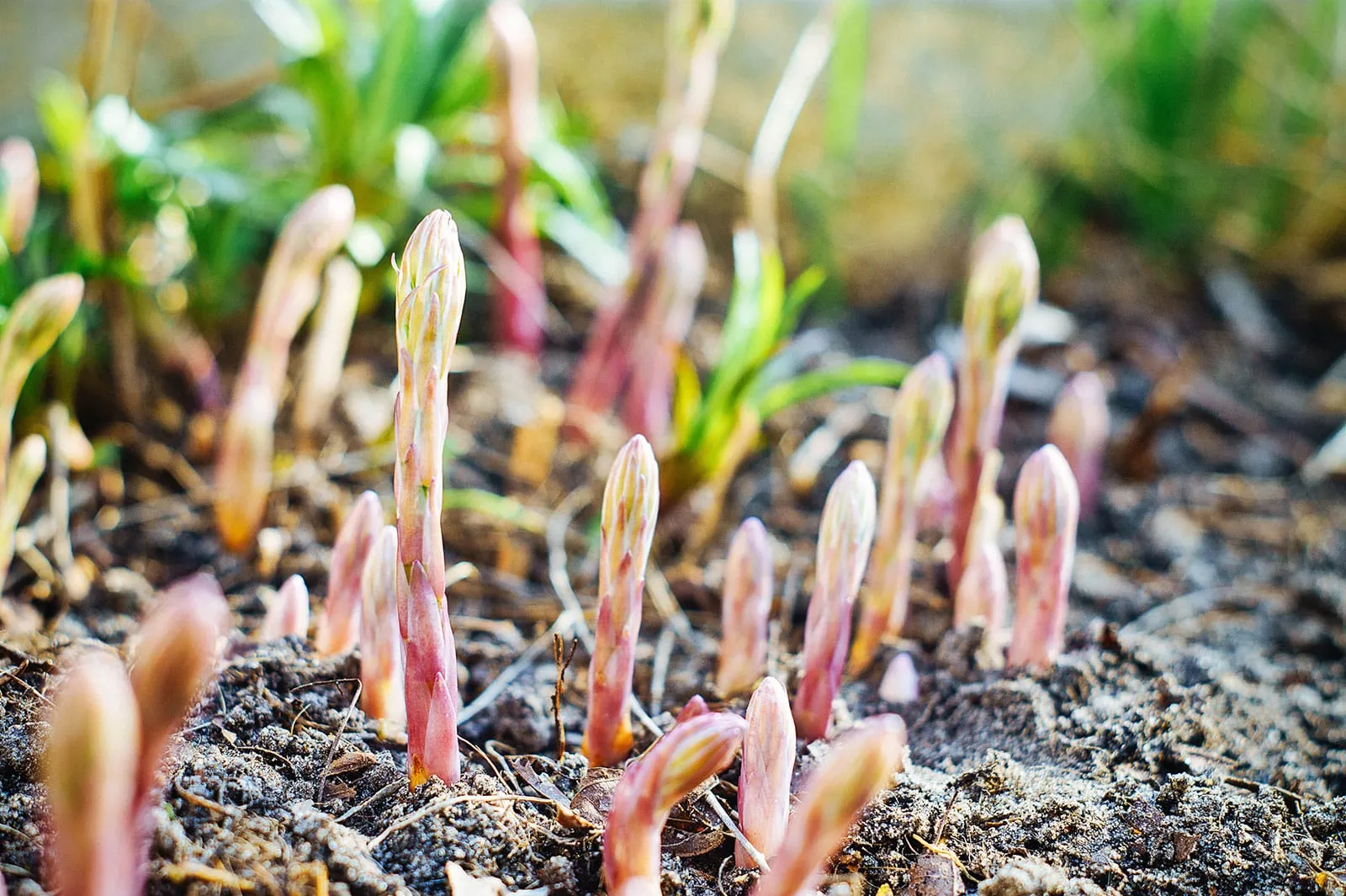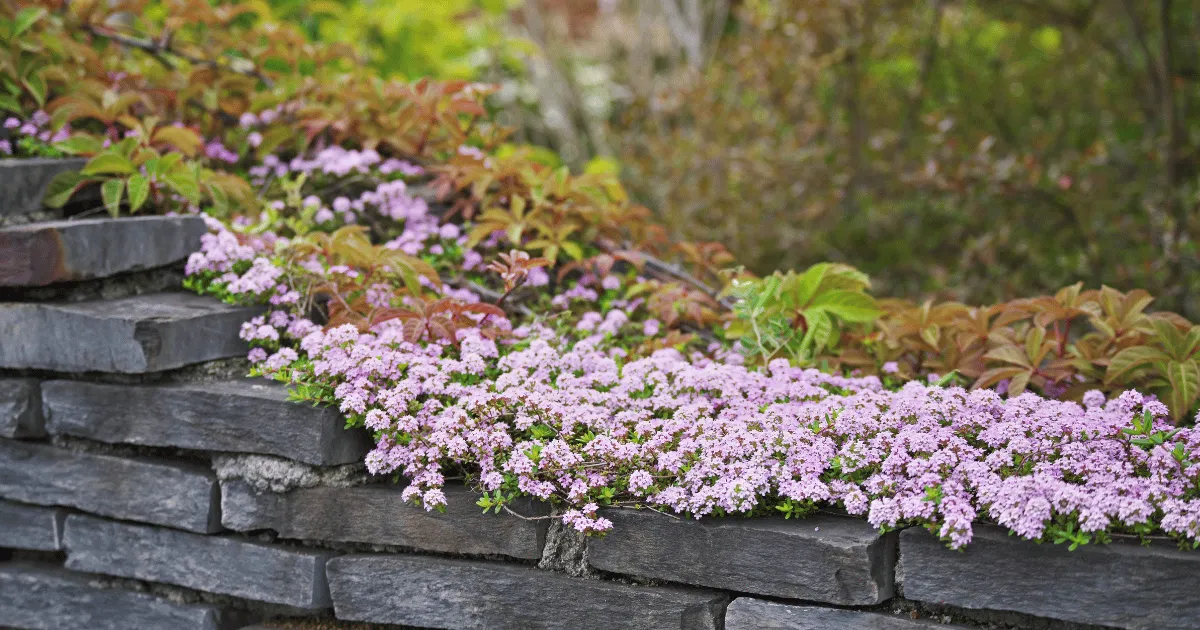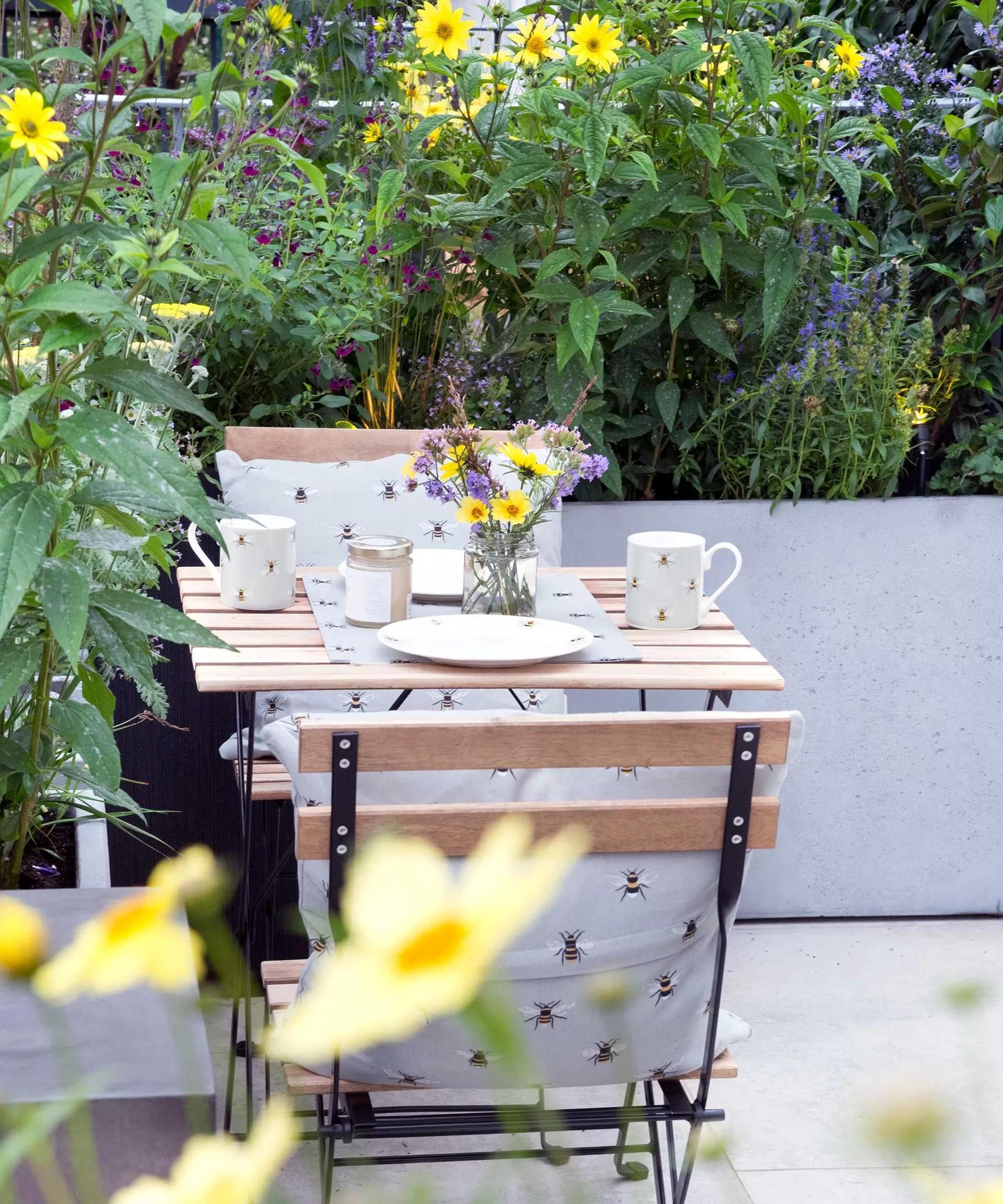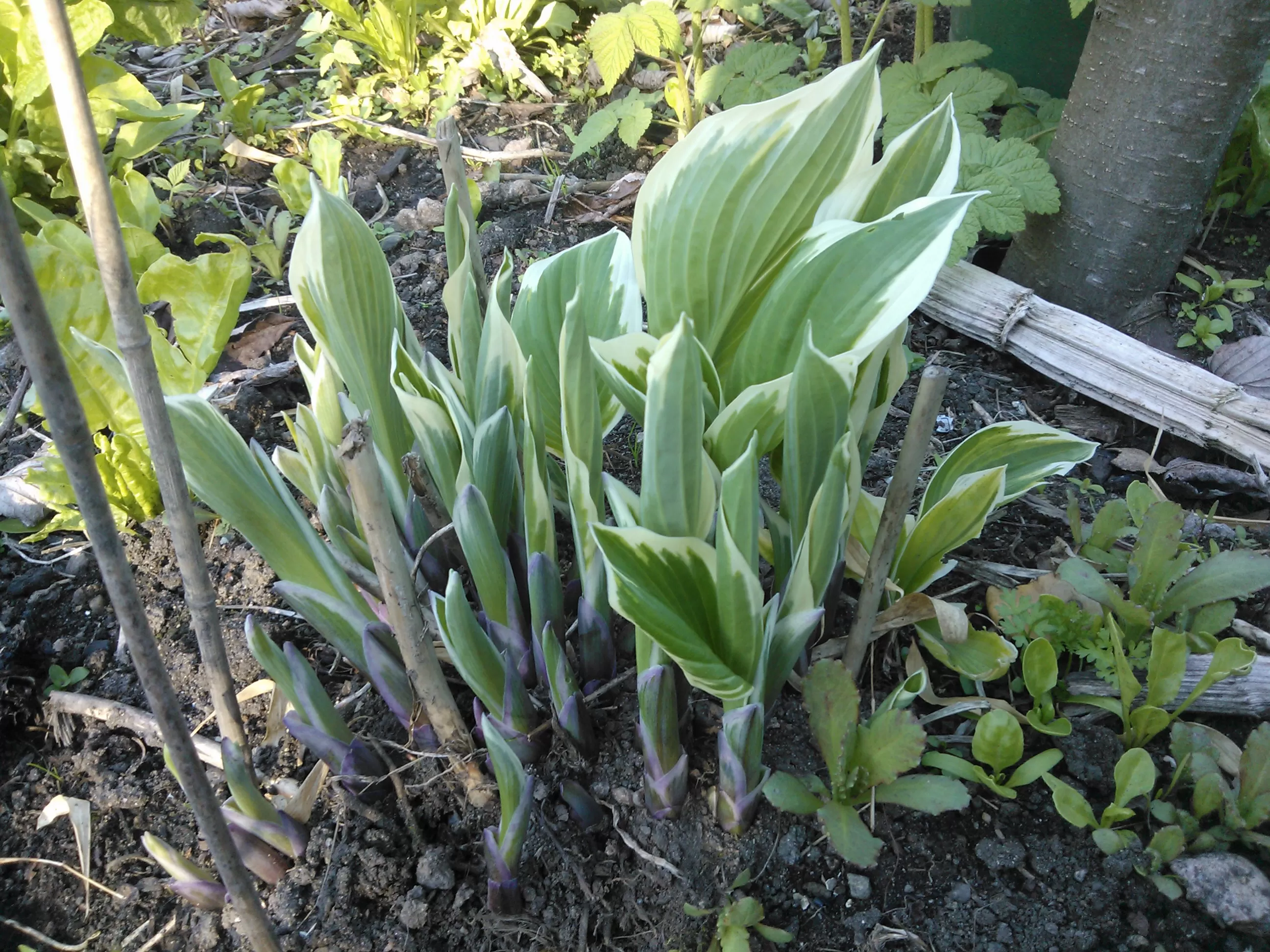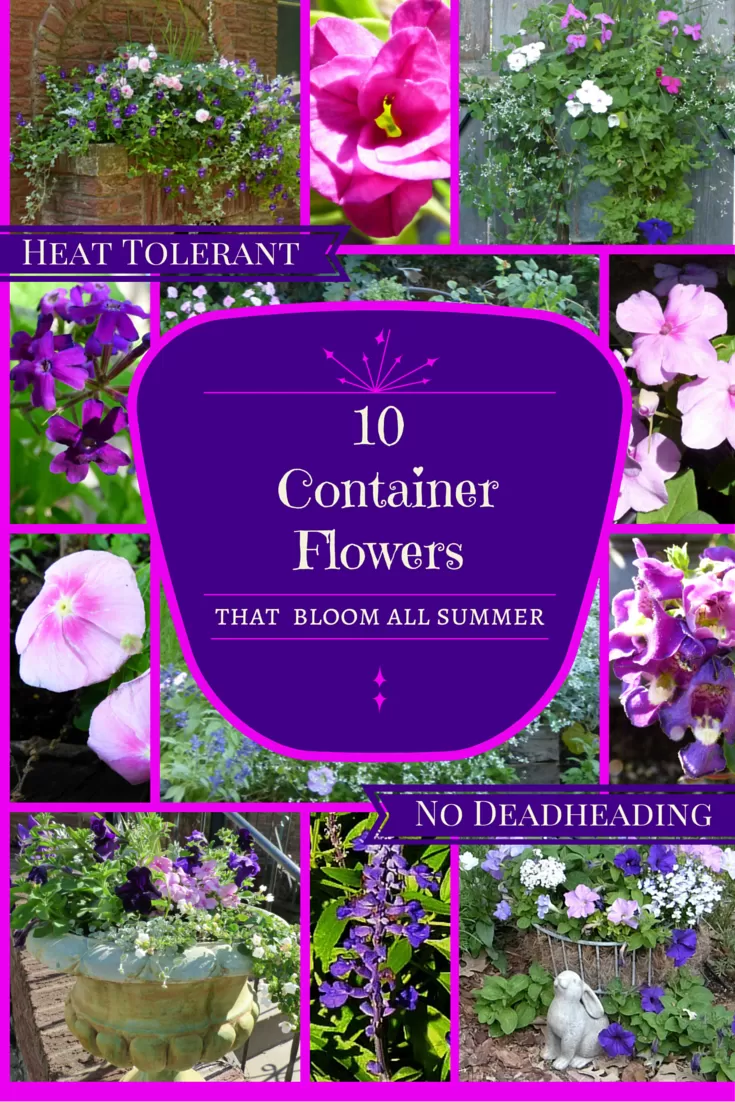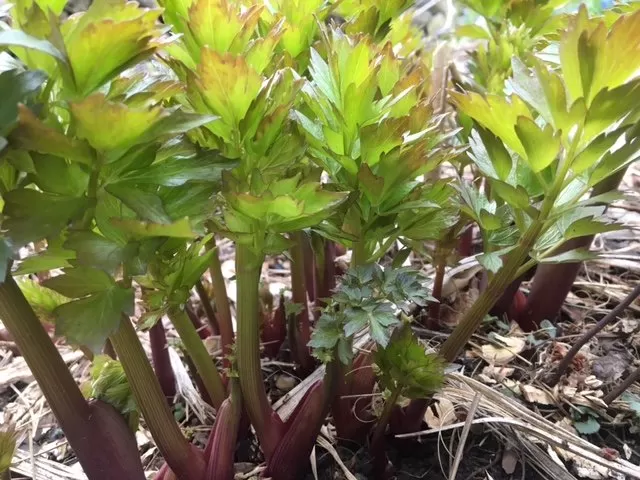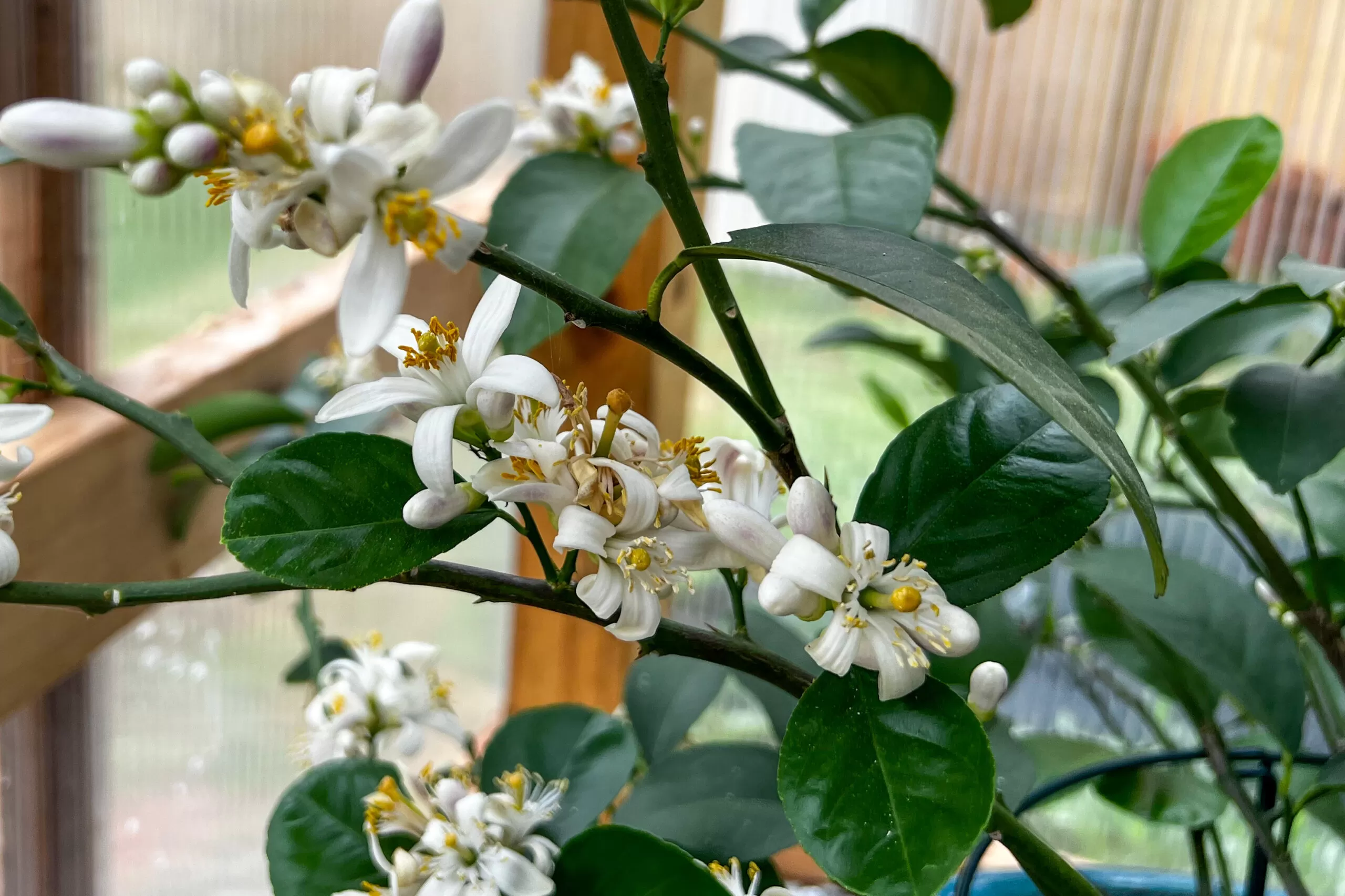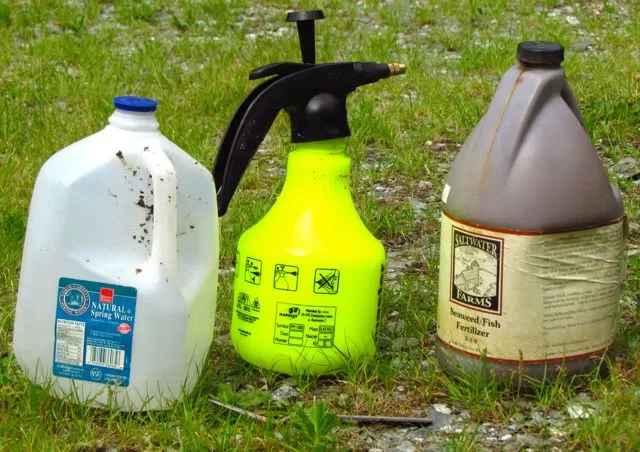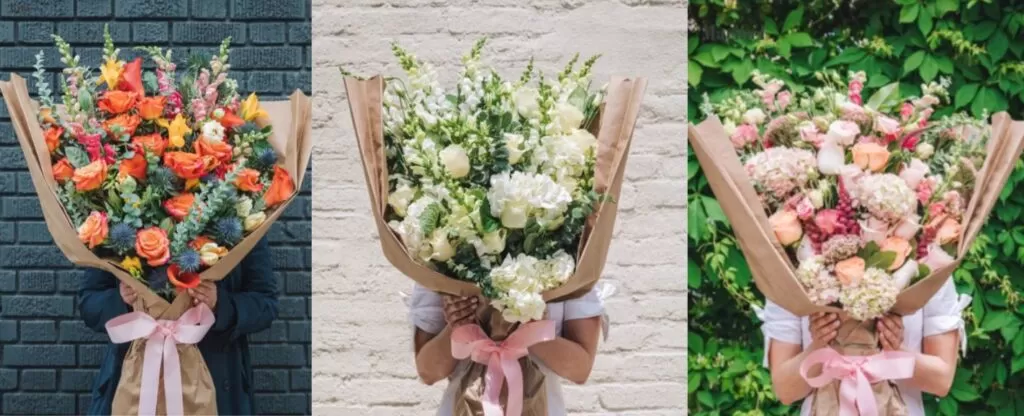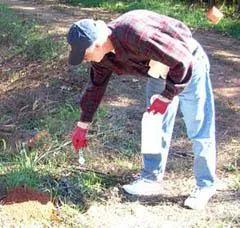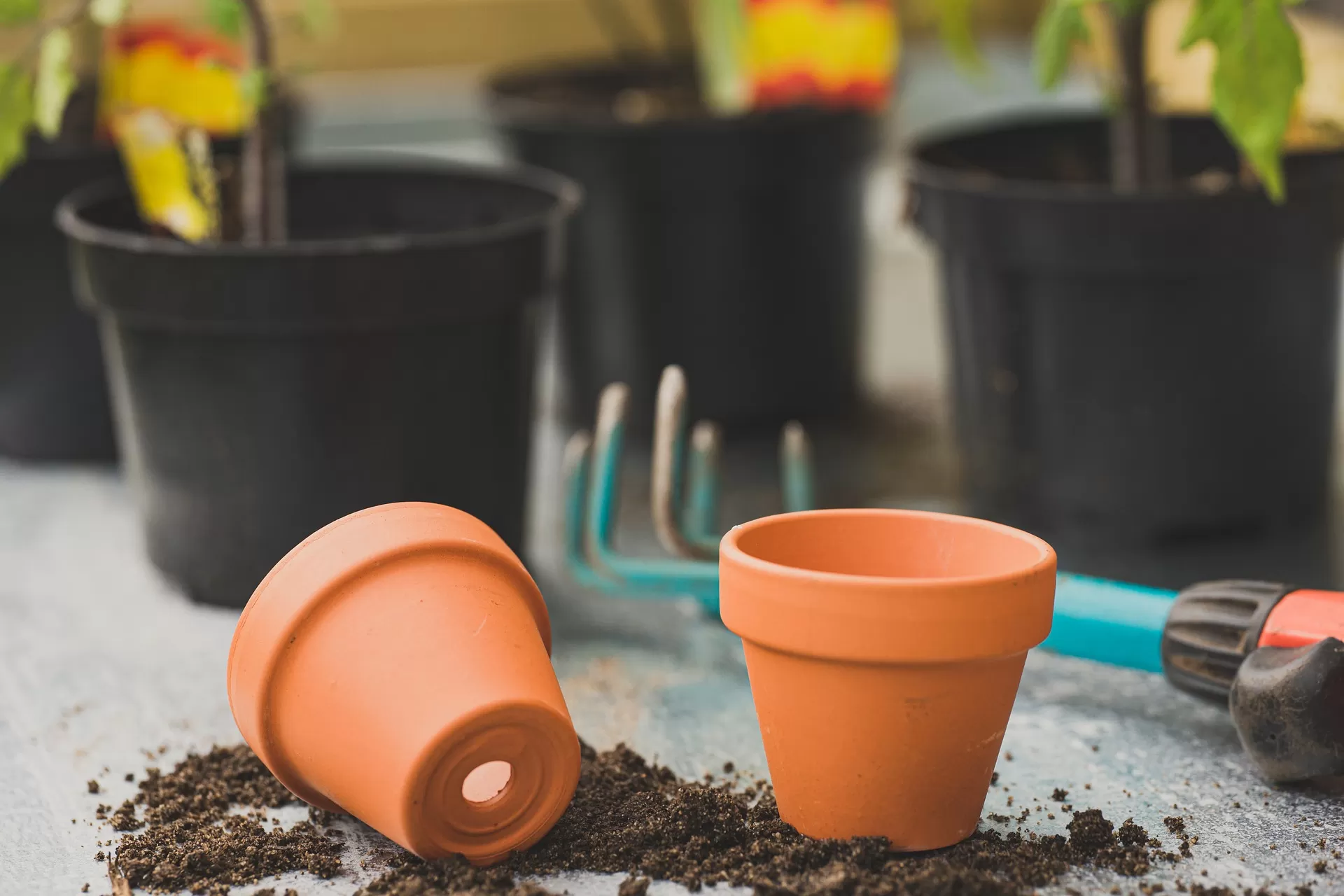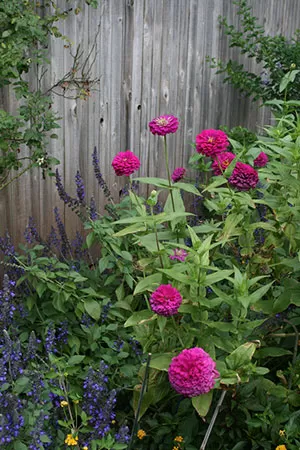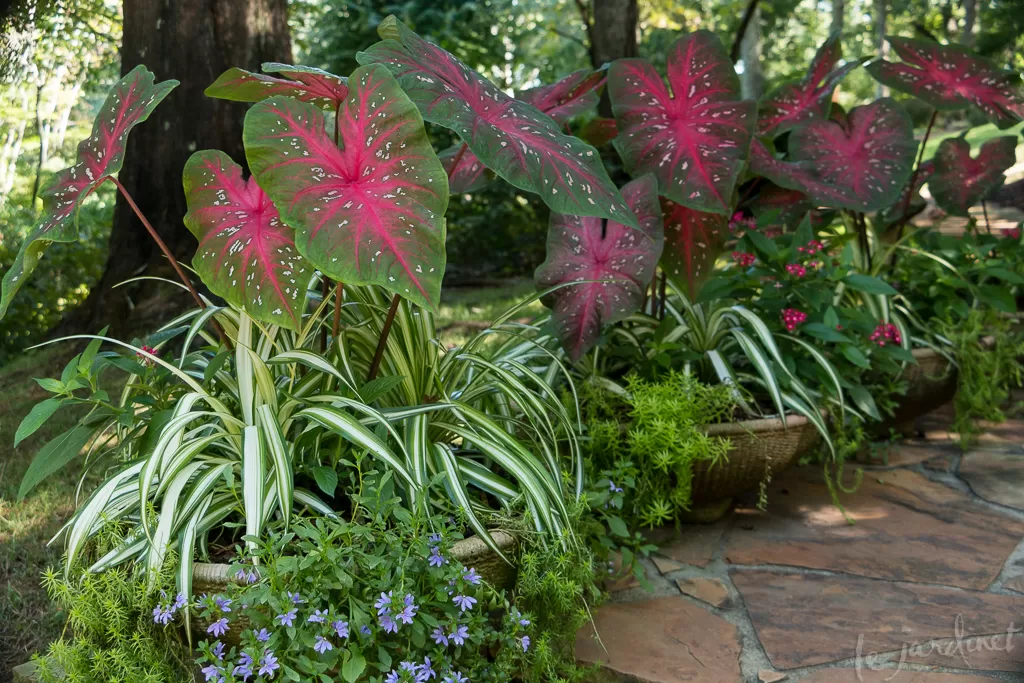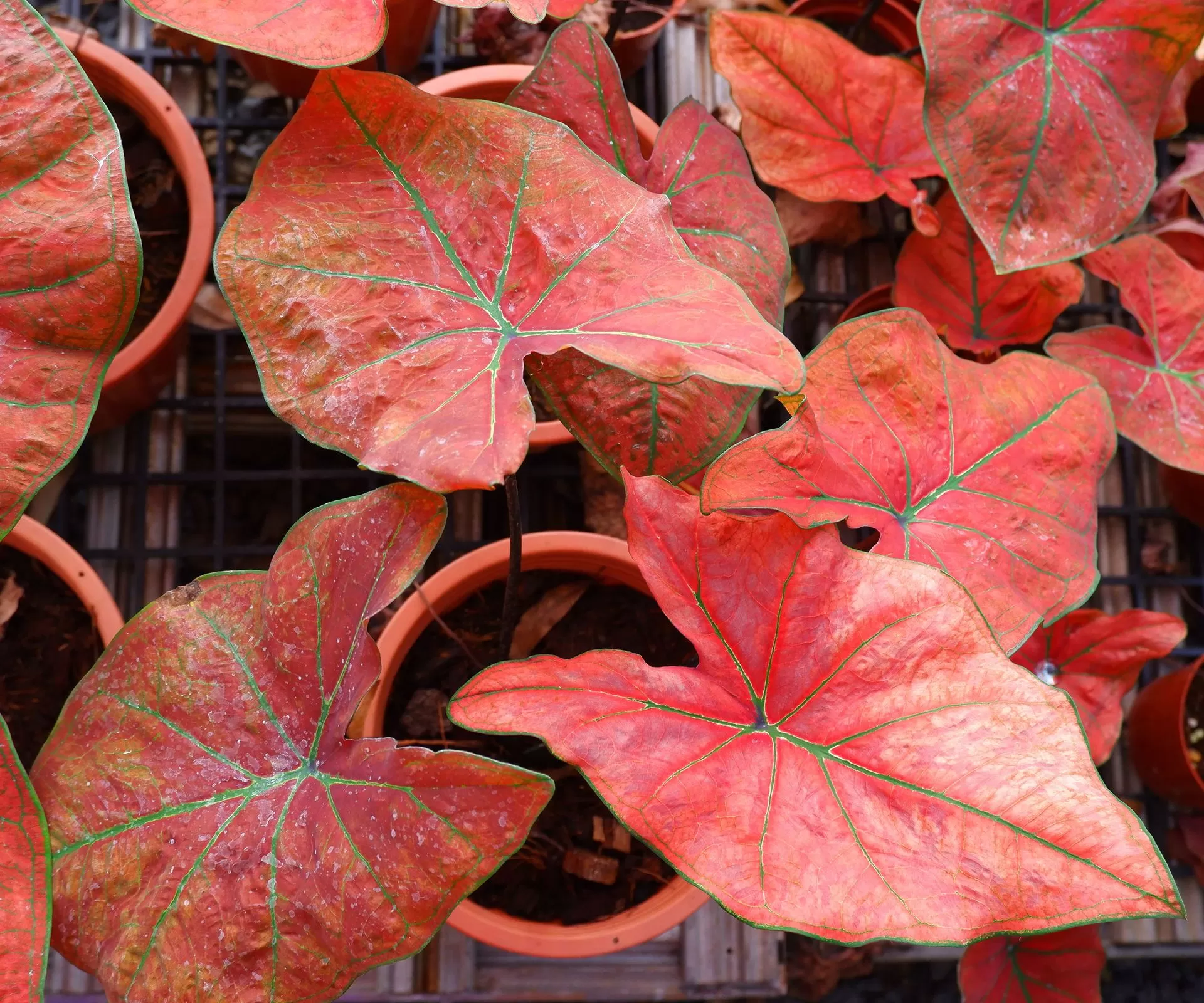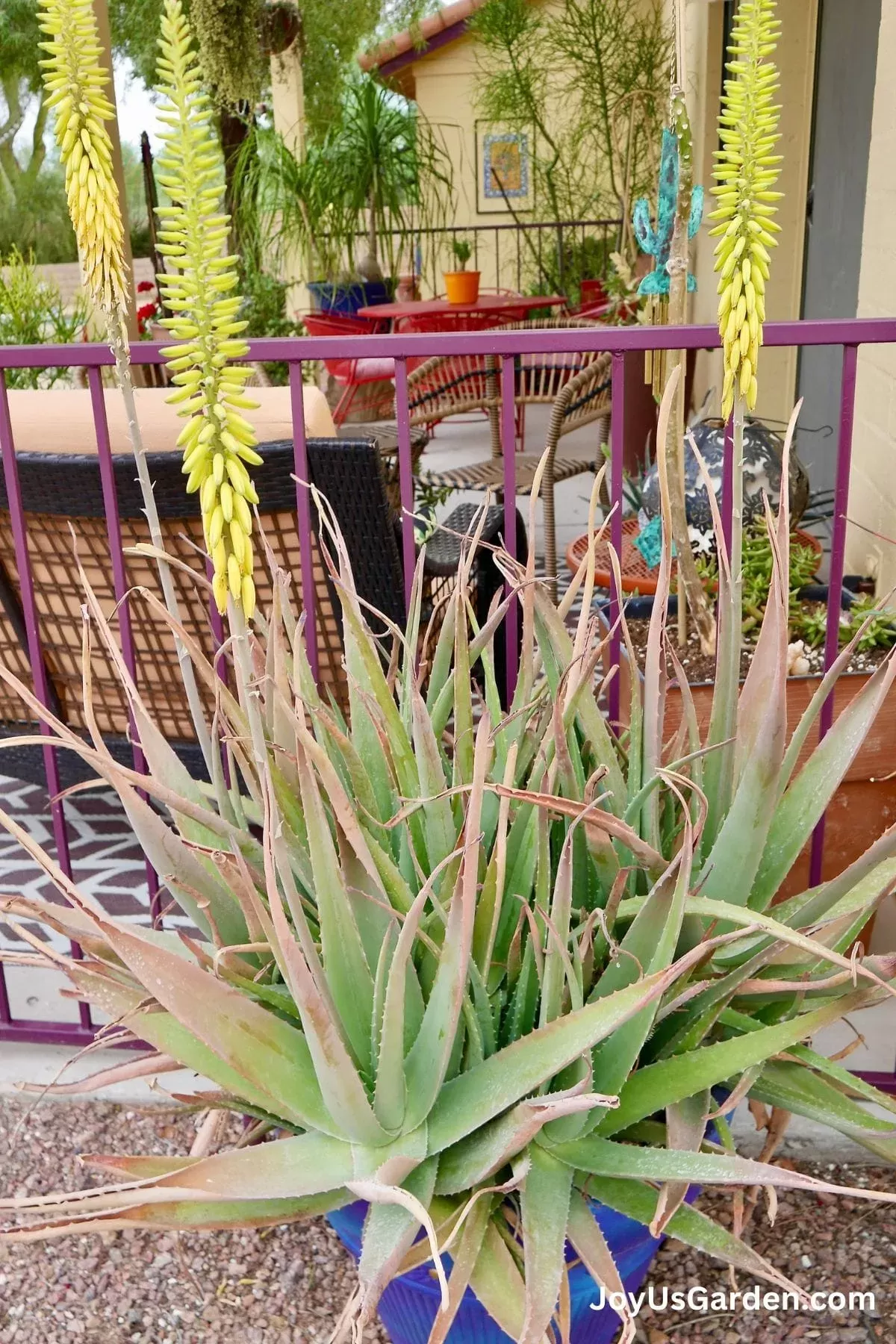- Deadheading removes spent flowers to improve plant appearance and performance.
- It diverts energy from seed production back into creating more blooms.
- Regular deadheading can significantly extend the flowering season for many plants.
- It helps prevent fungal diseases and controls unwanted self-seeding.
- Techniques vary from simple pinching to using pruners or even shearing.
Have you ever walked through a garden overflowing with color, wondering how they keep the blossoms coming all season long? The secret isn’t always complex fertilizers or rare plant varieties. Often, it’s a simple gardening task called deadheading. Learning deadheading for continuous blooms is one of the most effective ways to ensure your garden stays vibrant and productive from spring through fall. It’s a small effort that yields truly spectacular results!
Contents
- What Exactly is Deadheading?
- Why Deadhead Your Flowers? The Benefits Are Beautiful
- 1. It Makes Plants Look Better
- 2. It Helps Prevent Disease
- 3. It Encourages More Flowers (The Key to Continuous Blooms!)
- 4. It Controls Unwanted Spread
- When Should You Start Deadheading?
- How to Deadhead Your Flowers
- Pinching
- Pruning
- Should You Deadhead Every Single Flower?
- Flowers That Benefit from Deadheading
- Flowers You May Not Want to Deadhead
- Enjoy the Bloom Boost!
What Exactly is Deadheading?
Think of deadheading as giving your plants a little haircut after they’ve finished flowering. It’s the process of removing flowers that are past their prime – those that have faded, started to wilt, or are beginning to form seeds. While sometimes done just to tidy up a plant’s appearance, more often than not, we deadhead with a specific goal in mind: encouraging the plant to produce more flowers.
Why Deadhead Your Flowers? The Benefits Are Beautiful
For many passionate gardeners, deadheading is just a natural part of the routine. Especially with ornamental plants grown for their beauty, the advantages are clear.
1. It Makes Plants Look Better
No one wants a garden full of brown, drooping flowers. As blooms age, they lose their petals and can look messy and tired. Removing these spent flowers instantly improves the aesthetics of the plant and the entire garden bed. Plus, it keeps those fallen petals from creating extra cleanup on your paths or patios.
2. It Helps Prevent Disease
Spent flowers, left on the plant or on the ground beneath, can become breeding grounds for fungal and bacterial issues. By promptly removing decaying plant material through deadheading, you help maintain better air circulation and reduce the risk of common plant diseases, keeping your plants healthier.
3. It Encourages More Flowers (The Key to Continuous Blooms!)
This is where the magic of deadheading for continuous blooms truly shines. A plant’s primary biological goal after flowering is to produce seeds to reproduce. This process takes a lot of energy. When you remove a faded flower before it can form seeds, you essentially tell the plant, “Nope, not done flowering yet! Try again!” The plant’s energy is then redirected from seed production back into creating new buds and flowers. This is how you extend the flowering season and enjoy multiple flushes of blooms, rather than just one show early in the year.
4. It Controls Unwanted Spread
While we love our flowers, sometimes they can be a little too enthusiastic about reproducing via self-seeding. Deadheading removes the flowers before they have a chance to mature into seed heads and drop those seeds all over your garden. This technique is crucial for managing vigorous self-seeders and keeping your garden beds tidy and intentional.
When Should You Start Deadheading?
Consistency is key when it comes to deadheading for continuous blooms. Make it a regular habit, not a one-time chore. Starting early in the season, perhaps in late spring as the first wave of flowers fades, is much easier than waiting until later when dozens or hundreds of spent blooms might accumulate. A few minutes each day or every few days can keep the task manageable and ensure your plants are always putting energy into new flowers. If you wait until early fall, the job can feel overwhelming!
How to Deadhead Your Flowers
The best method for deadheading can depend on the plant species and the structure of its flowers and stems.
Pinching
For plants with thin, soft stems and smaller flowers, you can often simply “pinch” off the spent bloom using your fingers. Locate the faded flower and follow its stem down to the first set of healthy leaves or a new side bud. Pinch the stem just above that point. This is quick and efficient for many annuals and some perennials.
It’s always a good idea to wear gardening gloves, even when pinching, to protect your hands from sap, thorns, or potential skin irritants.
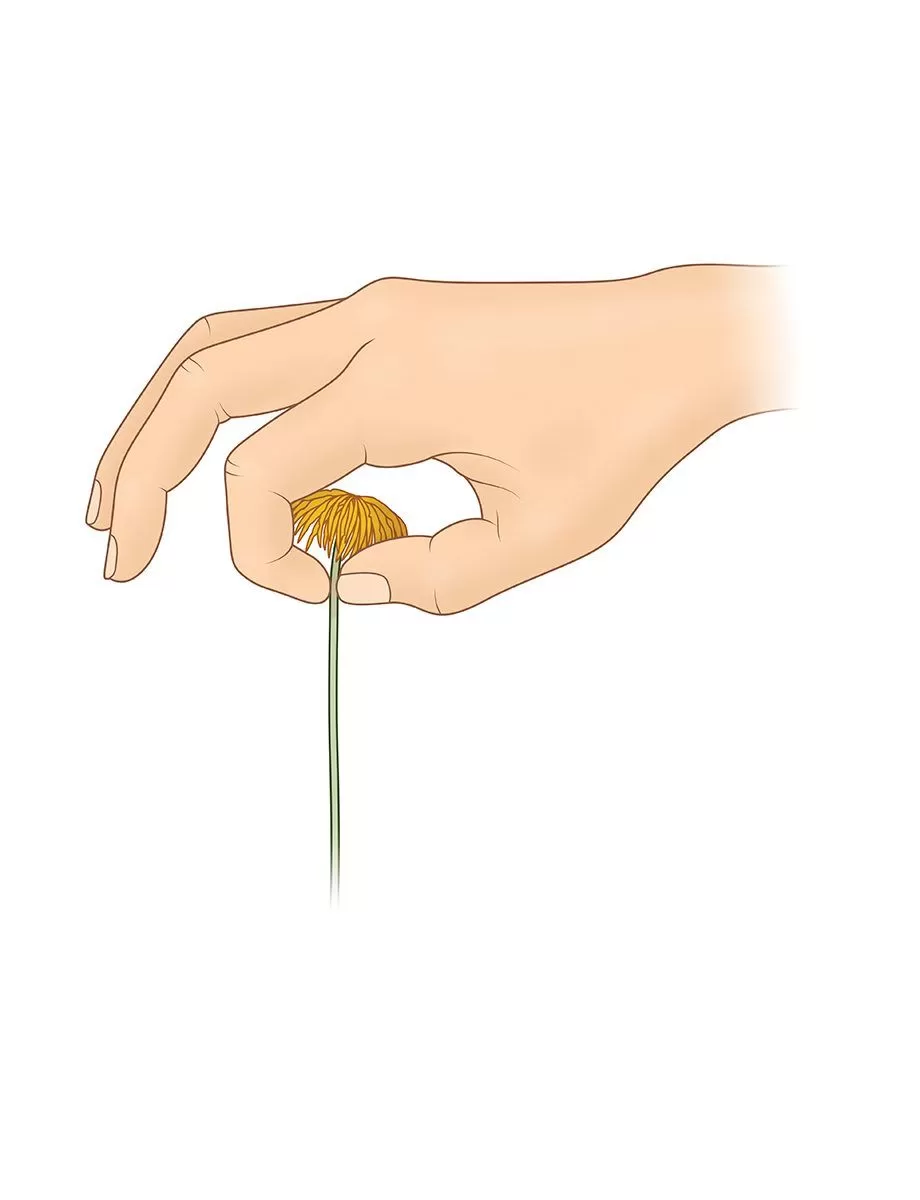 Gardener demonstrating how to deadhead a flower stem
Gardener demonstrating how to deadhead a flower stem
Pruning
For plants with thicker, tougher, or woody stems, like larger perennials or shrubs, you’ll need bypass pruners or secateurs. Ensure your tools are sharp and clean to make clean cuts that heal quickly, minimizing stress on the plant. Similar to pinching, make your cut on the stem just above a leaf node (where leaves attach) or a new side shoot.
If a plant produces many small flowers in a cluster, individual deadheading can be tedious. In these cases, you might consider ‘shearing’ the plant. This involves cutting back the top third or so of the plant after the main flush of blooms has passed. Be sure to check for any new buds hiding amongst the spent flowers before shearing and cut above any new growth you find.
Should You Deadhead Every Single Flower?
While deadheading for continuous blooms is a powerful technique, not every plant benefits from it, and sometimes we choose not to for other reasons (like wanting seeds for propagation or winter interest). Understanding a plant’s growth cycle is helpful.
Annual flowers typically complete their life cycle (grow, bloom, set seed, die) within one season. Most annuals are excellent candidates for deadheading because removing spent flowers encourages them to produce more blooms in their effort to make seed before the season ends. Many are specifically known as “cut-and-come-again” varieties for this reason.
Perennials live for multiple years and respond differently depending on the species. Those that naturally bloom repeatedly are the best candidates for deadheading to encourage more flowers.
Flowers That Benefit from Deadheading
These plants are often known for rewarding your deadheading efforts with more blooms throughout the season:
- Bleeding heart
- Phlox
- Delphinium
- Lupine
- Sage
- Salvia
- Veronica
- Shasta daisy
- Yarrow
- Coneflower
- Astilbe
- Coreopsis
- Blanket Flower
Flowers You May Not Want to Deadhead
Some plants don’t rebloom significantly after deadheading, or their spent flowers offer valuable winter interest or provide food for wildlife (seeds). Others are simply ‘self-cleaning’ and drop their petals on their own.
- Hollyhock (Often grown for height and seed production)
- Foxglove (Often biennial, relies on self-seeding)
- Lobelia (Some varieties are self-cleaning)
- Forget-Me-Not (Often allowed to self-seed)
- Impatiens (Generally self-cleaning)
- Petunias (Many modern varieties are self-cleaning, but some benefit from it)
Allowing spent flowers to remain on certain perennials and shrubs in the fall can also help protect the plant crown during winter and provide a natural, structural element to the winter garden.
Enjoy the Bloom Boost!
Watching your garden fill with vibrant flowers is one of the most rewarding aspects of gardening. By practicing the simple technique of deadheading throughout the season, you actively participate in the plant’s energy cycle, redirecting its efforts towards producing more of those beautiful blooms you love. It’s a key skill for anyone wanting to enjoy a longer, more prolific flowering season.
Ready to try deadheading? Your garden will thank you with a stunning display of continuous color!
What are your favorite plants to deadhead? Share your tips and experiences in the comments below! Want to learn more about keeping your garden thriving? Explore more articles on our website!

